Table of Contents
ToggleIntroduction
Prompt AI has the potential to help you operate your business in a cost- and time-efficient manner. Prompt engineering, along with cautious human expertise, is helping businesses unlock their full potential in today’s fast-paced digitally advanced world. For those of you who have been using ChatGPT for a while, you know how a well-defined and effective prompt can guide the AI system to respond correctly, in the right direction, and with the right intent. However, a crucial aspect of prompt engineering is understanding the principles and the limits of using prompt engineering. In this blog, we will explore what Prompt Engineering is and the basic tenets of prompt engineering in Generative AI.
What is Prompt Engineering?

Prompt engineering is a technique in Generative AI that improves the performance of large language models (LLM) like GPT-3 or GPT-4. It helps build effective prompts so that the AI model receives clear instructions and produces precise responses. A prompt can be a question, statement, command, complex instruction sentence, or phrase.
At USD 222.1 million in 2023, the global prompt engineering market is a place where AI models are being continuously improved and upgraded. Prompt engineering focuses on formulating and optimizing queries based on user input to get the desired outcomes from the language model. A good understanding of the target domain helps AI models generate responses with quality, relevance, and coherence. Additionally, it is also crucial to have a good grasp of the types of prompts.

Don't miss out on your chance to work with the best
Apply for top global job opportunities today!
Must Read: THE RISE OF PROMPT ENGINEERING IN INDIA
Types of Prompts in Prompt Engineering

Zero-Shot Prompt
Zero-shot learning is a type of prompt engineering where the AI model is assigned a task without examples. You tell the AI model in detail what you want as if it has no knowledge of the topic and task. Here is an example output of a zero-shot prompt from ChatGPT3.5:
Prompt: Explain what a large language model is in 4-5 sentences.
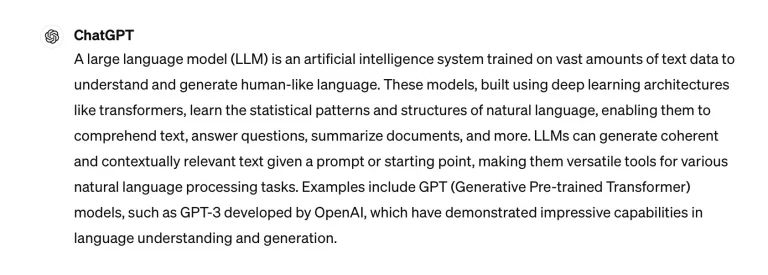
Most of the output of a zero-shot prompt is qualitative, as the LLM is neither trained nor retrained. Thus, it is crucial for the user to ask the AI model precise questions along with the intensity of the response required.
One-Shot Prompt
In this type of prompt engineering, you need to give an example along with your prompt so that the AI model understands the context or the format of the output. Here is an example output:
Prompt: What is meant by LLM in the context of prompt engineering?
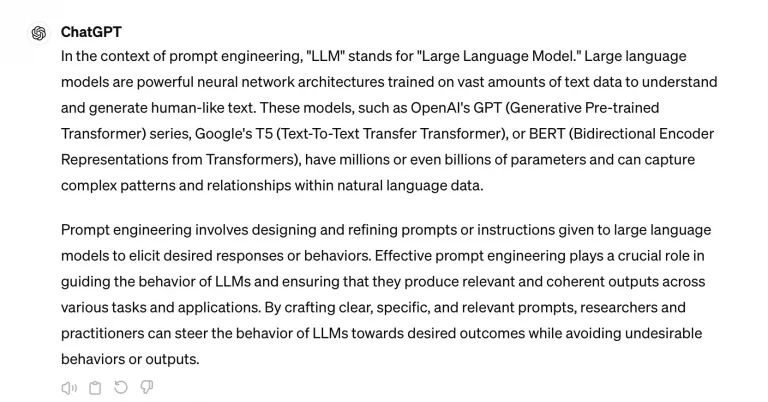
Few-Shot Prompt
Few-shot prompting involves supplying the AI model with a few examples to enable in-context responses. You must give 2-3 examples to direct AI in the direction of the correct response. For example:
Prompt: Foundation Models such as GPT-3 are used for natural language processing, while models like DALL-E are used for image generation. How is DALL-E used in the book publishing industry?
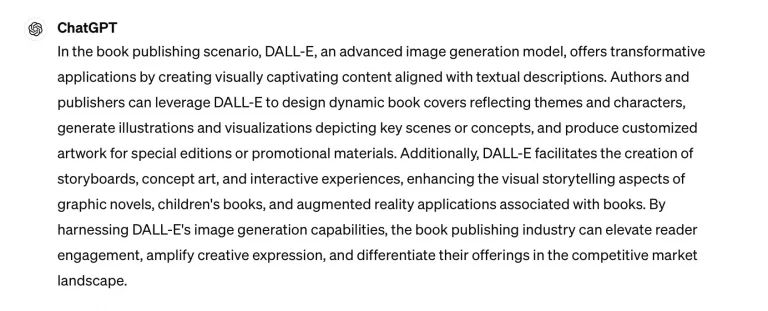
Giving examples along with the prompt serves as a guide for the AI model to perform better with the demonstrations within the prompt.
Chain-of-Thought (CoT) Prompt
A CoT prompt encourages the LLM to mention its thought process in a detailed manner. Chain-of-thought prompts divide a complex task into small chunks and then connect subtasks logically. This type of prompt engineering is particularly useful for complex reasoning tasks. Let’s look at an example from ChatGPT 3.5:
Prompt: The odd numbers in this group add up to an even number: 4, 8, 9, 15, 12, 2, 1.
A: Adding all the odd numbers (9, 15, 1) gives 25. The answer is False.
The odd numbers in this group add up to an even number: 15, 32, 5, 13, 82, 7, 1.
A:

Role Prompt
Role prompting is a useful technique when you want to control the style of the AI-generated response. In this prompting, you ask the LLM to play a specific role and provide responses in that context. For example, in this prompt, ChatGPT has been asked to play the role of a film critic.
Prompt: You are a food critic writing for the Michelin Guide. Write a review of Una Pizza Napoletana, New York.

Iterative Prompt
This is a type of prompting where you improve the prompts based on the outputs received. This process guides the AI model to improve the quality of responses. Here is an example of iterative prompting:
Prompt: Tell me about the latest developments in robotic surgery.
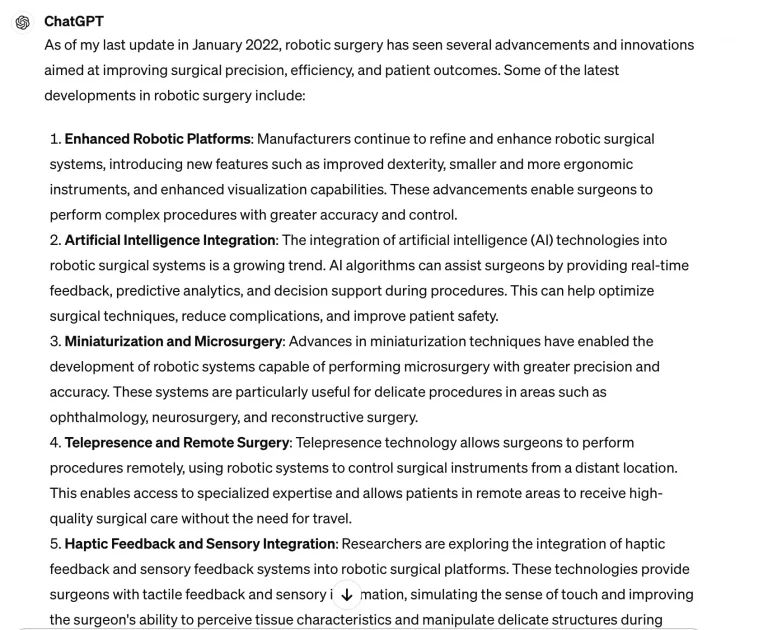
Refined prompt: Tell me about the latest developments in Miniaturization and Microsurgery in the field of robotic surgery.

Negative Prompt
In this method, you tell the LLM what not to do because you don’t want a certain type of content in your response.
Prompt: Explain the concept of Foundation Models in AI without mentioning natural language processing or NLP.
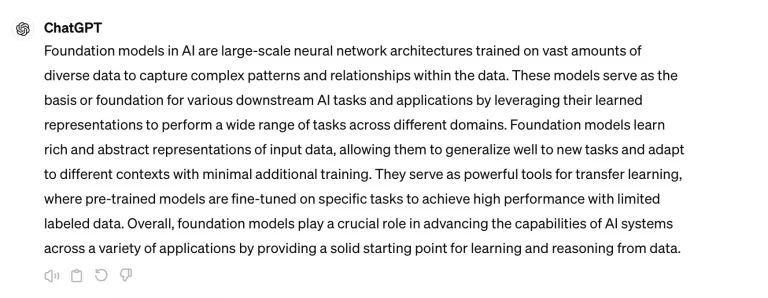
Hybrid Prompt
In this type of prompting, you combine different prompting methods to get the desired response.
Prompt: Like GPT-3, which is a versatile model used in various language tasks, explain how Foundation Models are applied in other domains of AI, such as computer vision.
Prompt Chaining
This is a type of prompting where you break a query into small prompts and then combine the outputs together to get a final response.
First Prompt: List some examples of Foundation Models in AI.
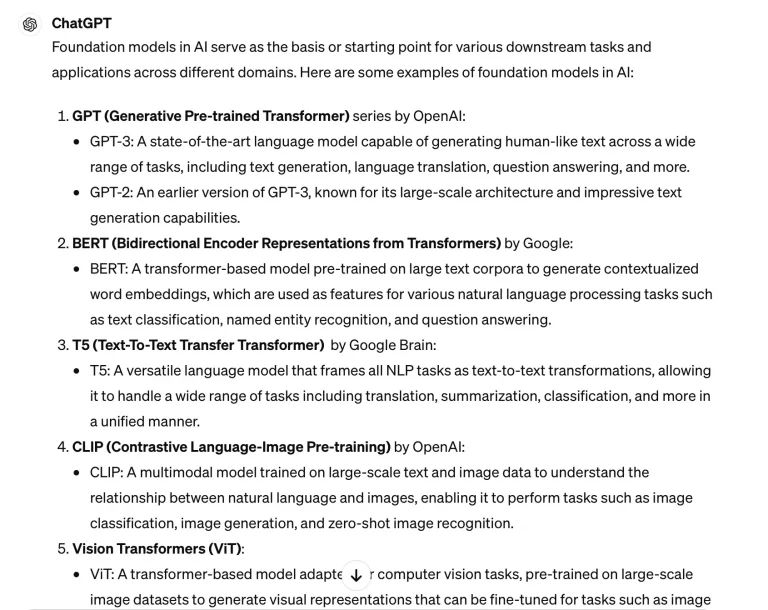
Second Prompt: Explain the role of ChatGPT in AI development.
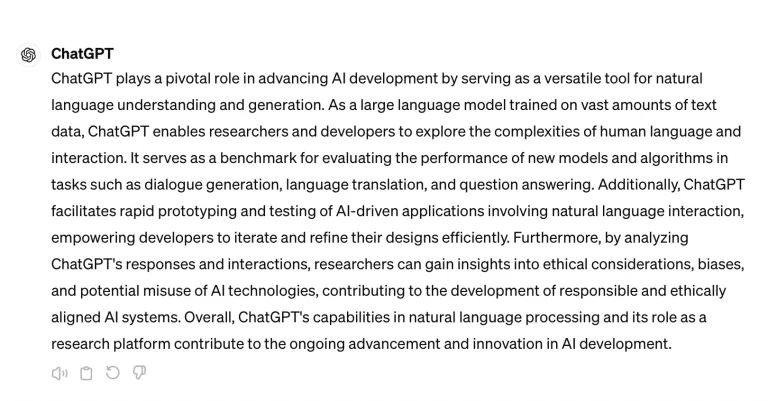
Basic Tenets of Prompt Engineering
Giving Clear and Specific Instructions
If you want a sensible response, ask a sensible question. It is as simple as that. The first principle of using prompt engineering to its fullest potential is to input effective prompts, as demonstrated in this table:
| Topic | Effective Prompt | Poorly Written Prompt |
|---|---|---|
| Climate Change | “Discuss the impacts of deforestation on global climate patterns.” | “What are some things people do that might be bad for the weather?” |
| Artificial Intelligence | “Explain the ethical considerations in AI development.” | “How can we make computers not hurt people’s feelings?” |
| Renewable Energy | “Describe the benefits of solar energy in reducing carbon emissions.” | “Why do some people like the sun?” |
| COVID-19 Pandemic | “Analyze the effectiveness of different public health measures in containing the spread of COVID-19.” | “How do you stop getting sick?” |
| Space Exploration | “Evaluate the potential risks and rewards of manned missions to Mars.” | “Why would anyone want to go to space?” |
Provide Adequate Context
Along with asking a specific, clear question, it is important to give a relevant context to guide the LLM’s understanding. Prompts should be directly relevant to the task and align with the goals and objectives of the intended task. A contextual prompt helps the AI model to focus on relevant information and reduce the risk of generating irrelevant or off-topic responses.
Contextual Prompt: “Generate an image of a middle-aged native of Alaska enjoying a warm day in Hawaii.”
Poorly Written: “Create an image of a man in Hawaii from Alaska.”
Desired Output Format
It is always a good idea to specify the format of the desired response. Suppose you need information on a certain statistic, you can specify whether you need the answer in a table, an image, a couple of sentences, or a paragraph.
Effective: “Write a Python function that calculates the factorial of a given number.”
Poorly Written: “Factorial.”
Avoiding Biases and Sensitive Content
When you give the AI model a prompt, it should consider ethical guidelines and be free of biases. Prompts should be given such that they avoid potential biases, risks, and ethical concerns associated with the model’s responses and behavior.
Effective: “Generate a neutral news summary about recent climate change research.”
Poorly Written: “Write a biased article about climate change.”
Experiment and Iterate
Prompt engineering is a process that should be improved based on feedback and evaluation. Users should refine and optimize prompts continuously through iterative testing and refining. This helps improve the effectiveness and performance of LLMs in various tasks and applications.
Effective: “Try different prompts for sentiment analysis and compare results.”
Poorly Written: “Sentiment analysis.”
Take control of your career and land your dream job
Sign up with us now and start applying for the best opportunities!

The Bottomline
If you are a prompt engineer looking for ways to improve your AI model’s output, the basic tenets of prompt engineering in this blog will help in coming up with quality prompts with precision. Creating effective prompts is crucial to improving communication with AI models. Prompts are the simplest and a direct way of communicating effectively in Generative AI. However, just as communication between people fails because of poor choice of words, poorly written prompts can also hinder the progress of tasks. Therefore, investing time in building well-crafted prompts will enhance communication with AI models and lead to better outcomes. If you are looking to hire talented Prompt Engineers, sign up with Olibr now!
FAQs
To excel in this role, you need expertise in AI, ML, and NLP, along with strong communication skills essential for crafting effective prompts and asking insightful questions.
A strong understanding of Python programming language is essential as it allows you to earn NLP and deep learning models quickly.
You need a solid understanding of different language models, proficient writing skills, and a fair understanding of prompting techniques to become a good Prompt Engineer.
Prompt engineering salaries are some of the highest in the field. The average salary for an AI Prompt Engineer is ₹7,60,075 per year in India, and $62,977 a year in the US.

